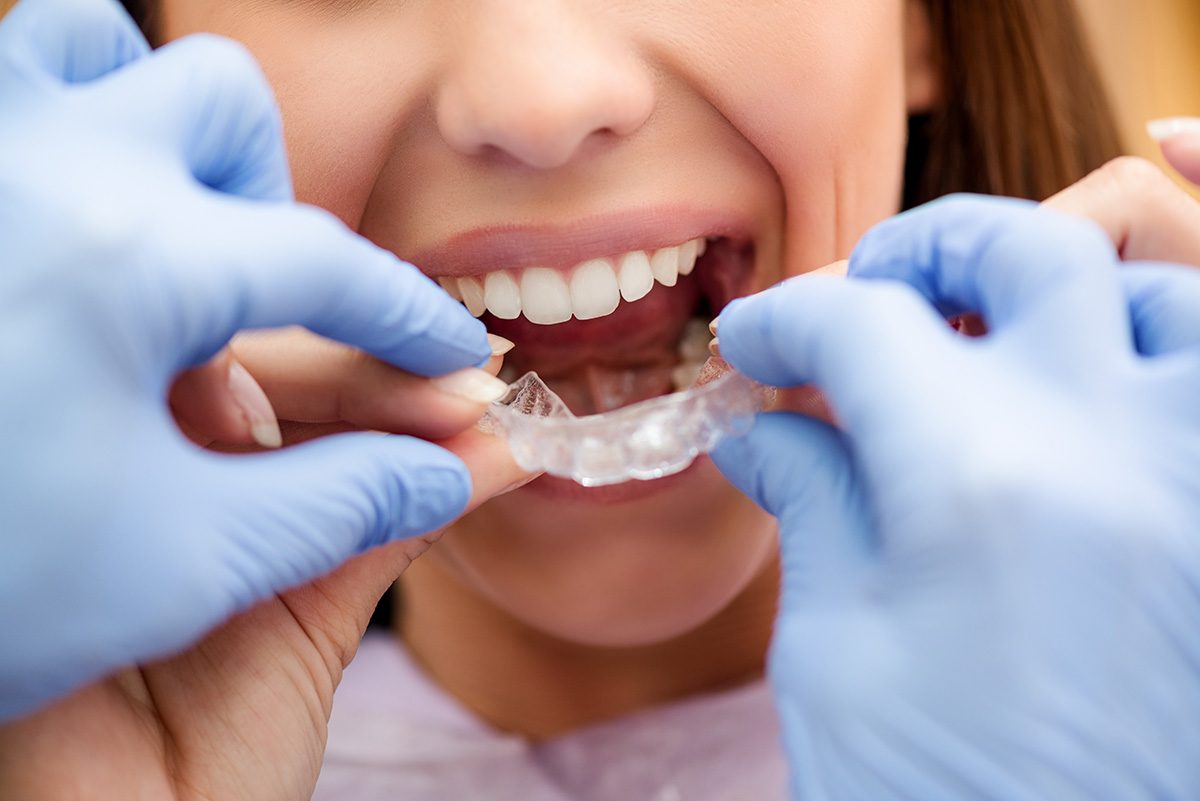Legacy Orthodontics - Questions
Legacy Orthodontics - Questions
Blog Article
What Does Legacy Orthodontics Mean?
Table of Contents5 Simple Techniques For Legacy OrthodonticsThe Best Strategy To Use For Legacy OrthodonticsThe 25-Second Trick For Legacy Orthodontics7 Simple Techniques For Legacy OrthodonticsRumored Buzz on Legacy Orthodontics
At Advanced Orthodontics, we offer clients with a all natural therapy experience. On top of that, we provide flexible therapy timetables, adaptable repayment choices and a fun, delightful experience. leesburg braces. Phone call ( 480) 357-4900 today for additional information and schedule a consultation.An orthodontist is a dental expert trained to identify, avoid, and treat teeth and jaw abnormalities. Orthodontists function with people of all ages, from children to grownups.
Malocclusion, or misaligned teeth, can cause oral problems, including dental caries, periodontal condition, and tough or uncomfortable eating. But not everyone is birthed with straight teeth. If you have a negative bite or large rooms between your teeth, you might want to seek advice from a dentist concentrating on orthodontic treatment.
7 Simple Techniques For Legacy Orthodontics
( Image Credit Scores: DigitalVision/Getty Images) Orthodontists utilize taken care of and detachable oral tools, like dental braces, retainers, and bands, to transform the placement of teeth in your mouth. Orthodontic treatment is for dental irregularities, consisting of: Jagged teethBite troubles, like an overbite or an underbiteCrowded teeth or teeth that are too far apartJaw misalignmentThe objective of orthodontic therapy is to boost your bite.
A healthy and balanced bite ensures you can eat, chew, and talk correctly. While you could consider orthodontists as mainly for kids or teens that require dental braces, they can fix dental problems at any age. Orthodontists go to university, oral college, and orthodontic college. After college graduation, they spend 2 or 3 years in an orthodontic residency program.
, however not all dental experts are orthodontists. They concentrate on two areas: Just how to properly and securely relocate teeth Exactly how to appropriately assist growth in the teeth, jaw, and faceOnce an orthodontist has finished training, they have the option to become board accredited.
Our Legacy Orthodontics Ideas
Misalignment, or malocclusion, is one of the most common factor people see an orthodontist. It is hereditary and is the outcome of size differences in between the upper and lower jaw or between the jaw and teeth. Malocclusion leads to tooth overcrowding, an irregular jaw, or irregular bite patterns. Malocclusion is normally treated with: Your orthodontist attaches metal, ceramic, or plastic square bonds to your teeth.
If you have only small malocclusion, you might be able to utilize clear dental braces, called aligners, as opposed to conventional dental braces (https://issuu.com/legacyortho). Some people require a headgear to aid relocate teeth into line with stress from outside the mouth. After braces or aligners, you'll require to put on a retainer. A retainer is a custom-made device that keeps your teeth in position.
They can create extra area in the mouth without having to pull teeth. Orthodontists make use of cords, surgical screws, or plates to sustain your jaw bone.
You might require to see an orthodontist if you have: Crowding or otherwise adequate room for all of your teethOverbite, when your upper teeth come by your base teethUnderbite, when your base teeth are also much forwardSpacing or issues with gapsCrossbite, which is you can look here when your upper teeth fit behind your bottom teeth when your mouth is closedOpen bite or an upright void in between your front bottom and upper teethMisplaced midline, when the facility of your bottom and top teeth do not align Fixing a dental malocclusion can: Make biting, chewing, and speaking easierImprove the balance of our face and your total appearanceEase discomfort from temporomandibular joint problemsDifferent your teeth and make them easier to clean, helping avoid dental cavity or tooth cavities It's often a dental expert that initially notices misaligned teeth during a routine exam.
Not known Facts About Legacy Orthodontics

During your initial orthodontic consultation, you'll likely have: An oral examPhotos taken of your face and smileDental X-raysPanoramic (360 level) X-rays of your face and headImpressions to develop mold and mildews of your teethThese tests will help your orthodontist know how to continue with your treatment. clear braces. An orthodontist is a dental practitioner that's had training to treat your teeth and jaw
Orthodontists might carry out surgical treatment, exams,X-rays,and even more to aid you attain a more comfy, much healthier smile. An orthodontist is focused on your bite, so something like a cracked tooth would certainly be taken care of by a dental practitioner. Orthodontists are dental practitioners however not all dental experts are orthodontists. Orthodontists are focused on your bite, or the way your teeth fit with each other, and the straightness of your teeth.
Ever asked yourself how celebs always appear to have flawlessly lined up teeth? Orthodontists are oral specialists who focus on correcting abnormalities in the teeth and jaws.
Legacy Orthodontics Can Be Fun For Anyone

While braces are the most typically acknowledged orthodontic treatment, orthodontists have a varied toolkit at their disposal. The details technique picked depends on the intensity of the case, the individual's age, and individual preferences. These tried-and-true dental braces make use of a system of brackets bonded to the teeth and linked by cables.
These removable trays are customized to progressively shift the teeth's placement. In instances of slim jaws, palatal expanders can be utilized to develop space for appropriate tooth positioning.
Report this page